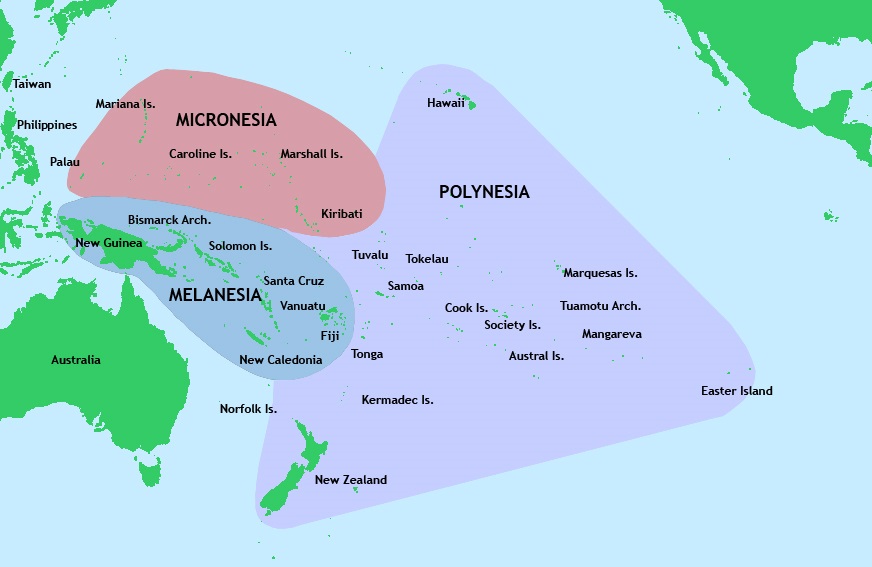WELLINGTON, Oct. 4 (Xinhua) — New DNA evidence showing Pacific peoples originally came from Asia could lead to better health treatments in the Pacific, said a New Zealand researcher Tuesday.
The new study was the first to sequence DNA from 3,000-year-old skeletons and identify who were the first people to reach the Pacific islands, said Massey University Professor Murray Cox, a co-author of the international project.
By examining skeletal remains from the first people to settle in Vanuatu and Tonga, the research was able to put a 40-year debate to rest, Cox said.
Researchers had shown that ancient settlers had little to no Papuan ancestry, which proved that the first people to reach remote Oceania were from Asian farming groups, with later movements bringing Papuan genes into the region.
Before this work, no ancient genomic DNA had ever been obtained from any tropical region, including the Pacific.
This had resulted in two opposing scenarios to explain why New Zealand's indigenous Maori and Pacific island peoples (Pasifika) had Papuan and Asian ancestry.
The other theory had stated that farming groups moving out of Asia mixed with Papuans near New Guinea and created a mixed group with both ancestries and the mixed group settling in the Pacific.
"This paper gives us the first basic picture of the genomic makeup of Pacific islanders," said Cox.
"Knowing this is important because some of the genetic variations caused by this population mixing will likely be linked to health outcomes, perhaps explaining why health issues like obesity and diabetes are such challenges for Pacific peoples today. Ultimately, understanding this DNA may give us new ideas for health treatments."
The study examined ancient DNA from three individuals who were among the earliest to settle in Vanuatu up to 3,100 years ago and one who was among the earliest to settle in Tonga up to 2,700 years ago.
The data was then compared to DNA samples from 356 present-day humans from 38 Southeast Asian and Oceanian populations.
The study also reported the most accurate estimates of sex-biased admixture - the difference in the proportion of males and females contributing to a person's genes - in diverse Southeast Asian and Pacific peoples to date.
"During the later stages of the settlement process, when the two groups were mixing, marriages between Asian women and Papuan men occurred very frequently, leading to unusual 'sex-biased' patterns of diversity in the genomes of their descendants," said Cox.
"It is likely that this later mixing of people with Papuan ancestry was largely driven by Papuan men who came to Oceania and married resident Asian women."





